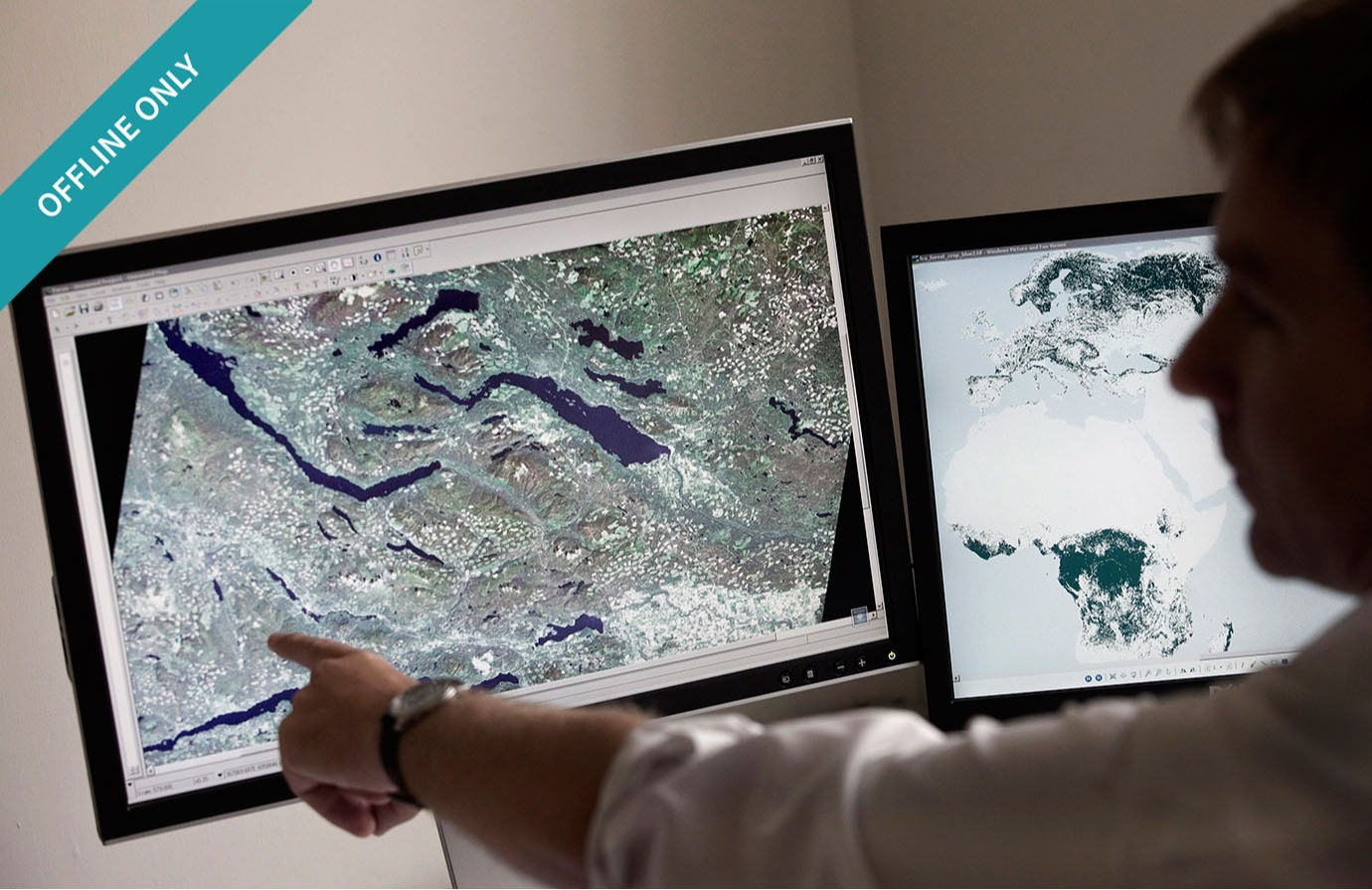Topic outline
This course was created with Adobe Flash technology. Since this technology is no longer supported by modern internet browsers, the online version was removed. The downloadable version and content of the course (text only) are still available. In order to access them, please read the instructions in the System requirements section below.
This course describes how the information derived from remote sensing is obtained and best used for crop monitoring in a food security context. It outlines what the exact meanings of the products are and shows how their early warning and food availability information contents can be combined efficiently with other sources (e.g. households surveys, market analyses, nutritional surveys, etc.).
This course has been developed as part of the EU-FAO Programme on "Improved Global Governance for Hunger Reduction" and the technical contents have been provided by the Joint Research Centre of the European Commission.


Food security analysts with different backgrounds (economy, social sciences, nutrition, etc.), who commonly deal with spatial data - including remote sensing derived information - for instance for analysis of early warning products and crop monitoring bulletins in food insecure countries, especially in cases where classical food security ground assessments are difficult to be carried out.
Crop monitoring experts with notions in agronomy and some experience in spatial data analysis who want to deepen their understanding of remote sensing products in a food security context.
- Data sources and products used for remote sensing analysis of crop monitoring.
- Calculation and evaluation of anomalies derived from rainfall and Normalized Difference Vegetation Index (NDVI).
- Production of seasonal graphs for rainfall and NDVI.
- Phenological stages in the over-time analysis of crop conditions.
- Creating, maintaining and archiving remote sensing images.
- Most common software for processing remote sensing data.
The course consists of 10 lessons, ranging from approximately 30 to 105 minutes duration each:
- Lesson 1 – Introduction
- Lesson 2 – Remote Sensing Data for Crop Monitoring
- Lesson 3 – Commonly Used Remote Sensing Data Sources and Products
- Lesson 4 – Rainfall and NDVI Anomaly Maps
- Lesson 5 – Rainfall and NDVI Seasonal Graphs
- Lesson 6 – Crop Status Analysis Throughout the Crop Season
- Lesson 7 – Introduction to Yield Forecast
- Lesson 8 – Communicating Results
- Lesson 9 – Data Management of Remote Sensing Images
- Lesson 10 – Required Software Functionality
The interactive version of the course is available as a downloadable package and only runs on Windows PC’s and doesn't require any additional software. Please read the following instructions.
Evaluate this course
We would be pleased to receive your evaluation of this course, to support us in improving future e-learning courses. Please click on the button below to answer the questions in the form. It should only take you a few minutes!


